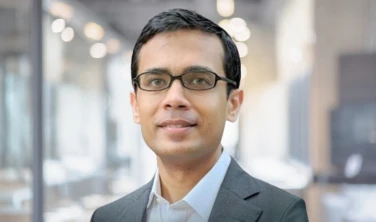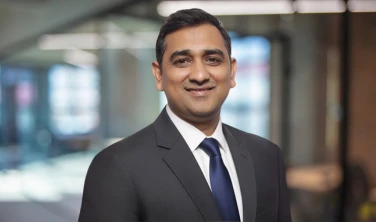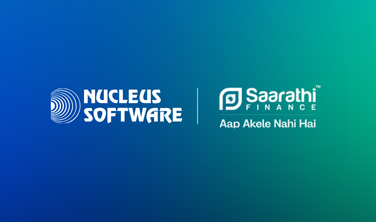Streamlining Transaction Banking for Corporates.

FinnAxia® Global Receivables
Simplify Collections. Strengthen Liquidity. Scale Confidently.
Learn moreStreamlining Transaction Banking for Corporates.

Simplify Collections. Strengthen Liquidity. Scale Confidently.
Learn moreAn advanced technology platform, designed to deliver agile and efficient solutions while drastically reducing the cost of operations.

End-to-end digital lending across the entire lifecycle of origination, servicing & collections.
Learn more
Advanced Automotive Lending Software for complete loan life cycle management.
Learn moreDigital Transaction Banking suite that is modular for a composable banking experience.

FinnAxia®, End-to-end Global Transaction Banking Suite; optimally manages Receivables, Payments, Liquidity, Financial Supply Chains and Corporate Trade.
Learn moreModern Technology Platform to Engage and Empower Customers.
FEATURED

Deepika Gulabani
Corporate Communications
Email: deepika.gulabani@nucleussoftware.com
Phone: +91-9310334963








